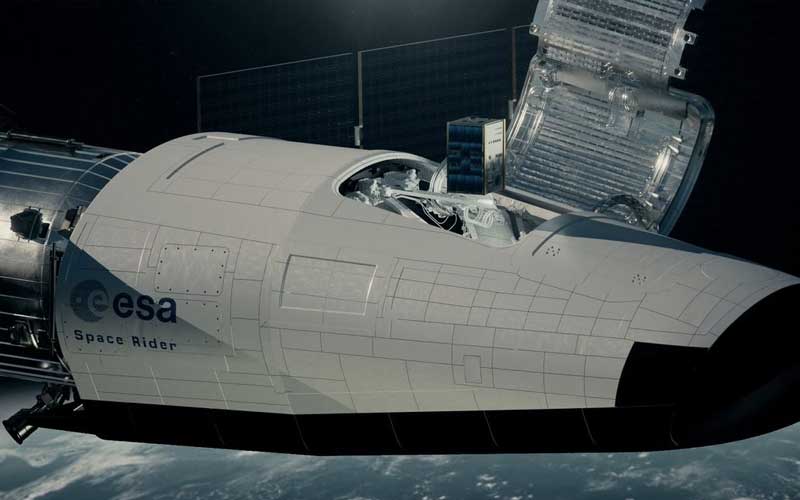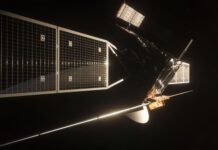
ESA Member States will decide on the future of the Space Rider programme during the agency’s Ministerial Council meeting in Bremen this November, Programme Manager Dante Galli told European Spaceflight.
Space Rider is a reusable spacecraft designed to carry scientific and technology demonstration payloads to orbit and return them to Earth, using a parafoil for precise landing and easy recovery. This ESA-initiated project is led by prime contractors Thales Alenia Space, responsible for the Re-entry Module, and Avio, in charge of developing the Service Module.
In response to questioning from European Spaceflight regarding the possibility of additional funding being approved for Space Rider at the agency’s Ministerial Council meeting, Galli explained that funding would be provided, but it would be focused on the vehicle’s future.
“Discussions with Member States have just started in preparation for CM25. Space Rider is part of the overall STS package, but it is more focused on the preparation of the first reflight, the relevant transition to a commercialization/exploitation phase, and possible evolutions,” said Galli.
The inaugural flight of Space Rider is currently expected to take place in 2027 aboard a Vega C+ launch vehicle equipped with the larger P160 solid-fuel booster. The selection of the more powerful variant of the Vega C rocket is based on the mission’s requirements.
“As already reported, Santa Maria in the Azores is the preferred ESA solution for the landing of Space Rider on its inaugural flight, and ESA is actively working with the Portuguese Space Agency in this direction,” said Galli. “In this regard, the Vega C configuration that best fits this scenario is the one with the P160C first stage, and accordingly, the launch date is now set for 2027.”
The inaugural flight of Space Rider will carry a wide selection of payloads from both institutional and commercial customers.
“The current payload aggregate for Space Rider’s first flight includes 16 payloads, whose intended missions range from R&D and flight demonstration to microgravity experimentation for life sciences, physical sciences, Earth and deep space observation, and surrounding detection, satellite separation, proximity flight, and potentially re-entry into the cargo bay.”
Progress Towards an Inaugural Flight
In August 2024, ESA successfully completed an initial drop test of the Space Rider recovery system using a mass simulator, which was dropped from a helicopter. This test was conducted to characterize the behaviour of the recovery system’s parafoil under different conditions and manoeuvres.
The next set of drop tests, expected to take place in spring 2025, will focus on characterizing the actual capability of the system and its ability to reach a specified target landing position. This testing phase will utilize a test article that is “representative of the mass and moment of inertia of the vehicle.”
In the third or fourth quarter of 2025, the agency will commence full-scale system drop tests, which will include a representative mockup of the Re-entry Module. This testing will validate the actual landing of the vehicle and its stability once landed.
Before the agency begins drop tests for the Re-entry Module, it will commence Upper Composite MEChanical (UCMEC) tests of the primary structure of the vehicle’s Service Module. This test campaign will qualify the structure to ensure it can withstand the forces exerted on it during launch. The testing is being conducted at the agency’s ESTEC facilities in the Netherlands and is expected to last approximately three months.







